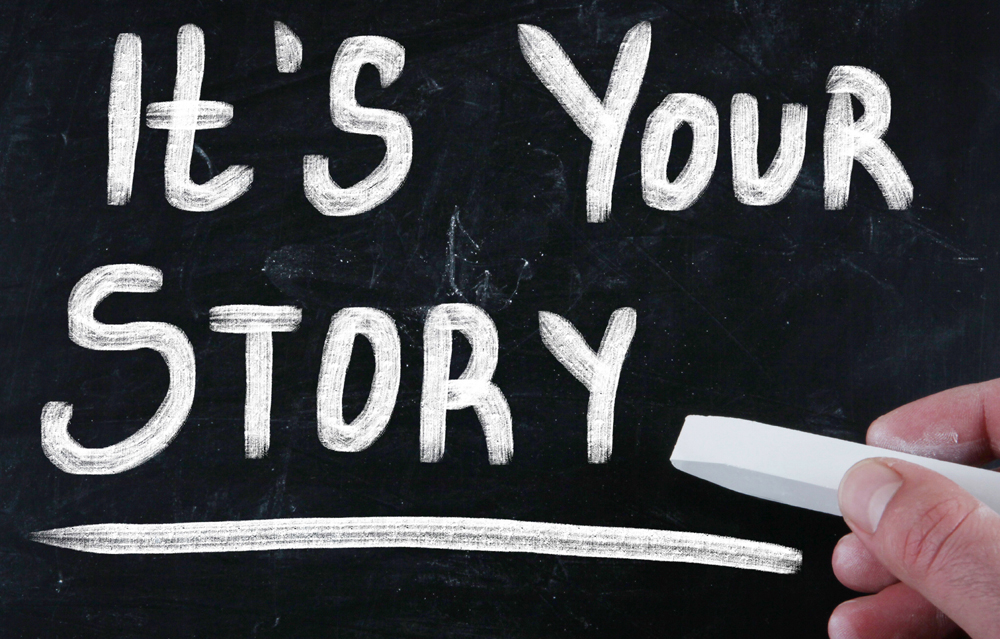
The most neglected psychological phenomenon in the world has a name, and that name is Social Desirability Bias. Long story short: When the truth is ugly, people lie – and get angry at those who refuse to play along. When the dosage gets high enough, lies and anger morph into self-righteous absurdity. SDB illuminates a wide range of issues: diction, demagoguery, public goods theory, intelligence research, the rhetoric of freedom, abortion, vegetarianism, self-help, and much more.
A while back, I wrote my social class autobiography – and persuaded a bunch of fellow bloggers to do the same. The underlying idea:
Each of us comes to the table with a different experience with social class. Think deeply about your own story with social class… By taking time to analyze your own story, you may find a level of understanding and acceptance that you had not previously recognized. Moreover, by sharing our personal stories, we refuse to share in the “code of silence” around social class. In your own social class autobiography, making sure to link your experiences to class privilege or deprivation (or both), as well as to connect it explicitly to some of the ideas we have discussed in class like poverty, wealth, education, mental illness, violence, prison, and the American Dream. Finally, reflect on what you have learned from the experience of examining your personal “Social Class Autobiography.”
Although I discovered academic research on Social Desirability Bias less than a decade ago, I now see that it’s been a constant companion throughout my life. In an effort to understand its power more deeply, I’m going to write a short SDB autobiography. Proceeding chronologically, I’ll discuss the forms of SDB I experienced, how I reacted, and how the people around me reacted to my reaction. I’ll ponder the extent to which I submitted to, challenged, and enforced SDB.
If I’m lucky, this exercise will inspire others to write their own SDB autobigraphies. I will gladly link to anyone who does!

READER COMMENTS
Phil H
Mar 15 2021 at 10:36am
I’m struggling to see the value in this – it sounds like an exercise in social desirability itself, given the American/intellectual value of “independent thought”. I’m sure BC will approach it earnestly and honestly, but I think other approaches from the rationalist community are much more rigorous, in particular journals and predictions (a bit like Bryan’s bets, but focused on the self). A post hoc reminiscence is just too easy to game, consciously or subconsciously.
Elvis
Mar 15 2021 at 12:34pm
I’m curious! Can you provide a link to those rationalist practices?
Philo
Mar 15 2021 at 12:46pm
Praise for “independent thought” is mostly BS. In hindsight we can see that many of our present beliefs were originally championed by maverick thinkers; they get praise *ex post*. But standing up now against the present social consensus—much of which, of course, is widely though only covertly recognized to consist of phony prettifications—will not wins you honor in the short run. I am betting that what Bryan produces will not raise his status among the ordinary celebrants of “independent thought.”
BC
Mar 15 2021 at 4:45pm
I think you need to click through the links to appreciate Caplan’s exercise. The highlighted assignment description, linked by “underlying idea”, sounds like the typical PC indoctrination exercise where the Socially Desired response is for students to “check their privilege”, especially if they are now upper middleclass and white. Bryan’s essay, linked by “my social class autobiography”, does not comply. Instead, he just tells the truth. I assume the other linked bloggers’ essays are similar. Of course, Bryan is able to eschew Social Desirability Bias in his essay because he’s not actually writing it for some Diversity and Inclusion class that he needs to pass.
Alan Goldhammer
Mar 15 2021 at 1:17pm
Why do we need more self-confessionals on the Internet?
Fred_in_PA
Mar 16 2021 at 12:03pm
Bryan is having entirely too much fun.
Comments are closed.